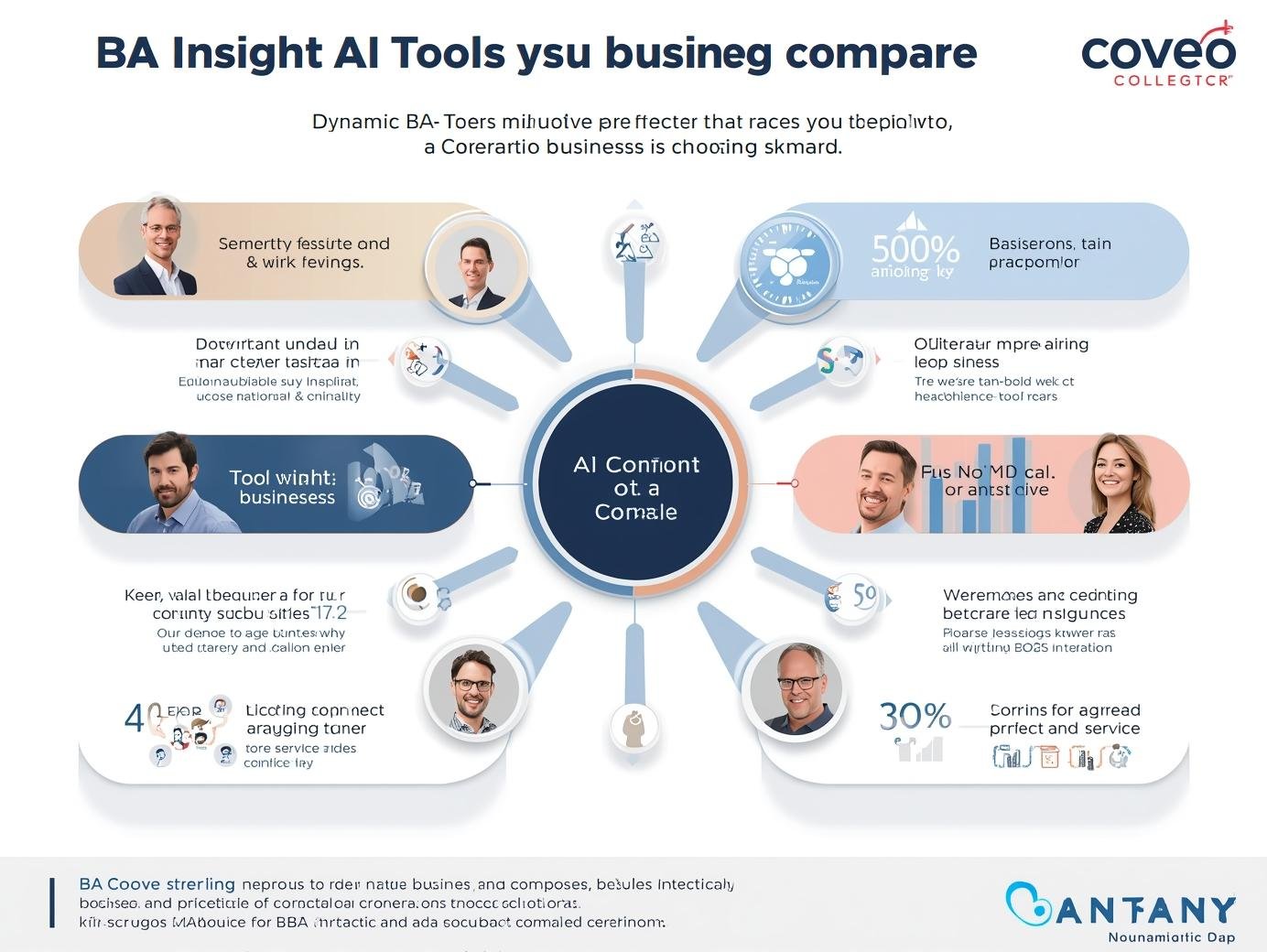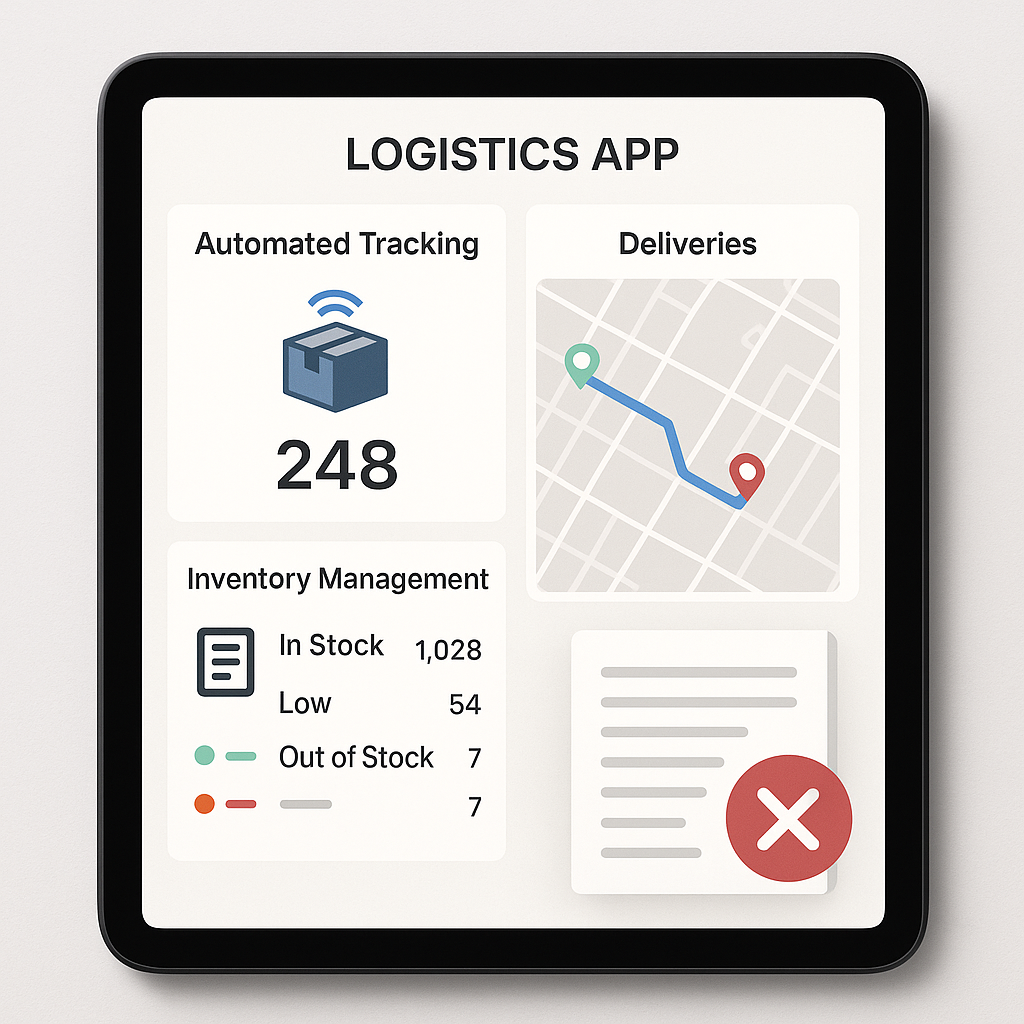Choosing the right email tool can make or break your business growth. Here’s the catch: cold email tools and regular email marketing platforms may look similar, but they’re built for totally different jobs. Mix them up, and you risk wasting time, money, and missing out on leads. Cold email outreach is about starting conversations with new prospects, while email marketing is about nurturing and engaging people who already know you. With email driving huge returns, knowing the difference isn’t just handy—it’s critical. In this post, we’ll break it down so you can pick the right tool and maximize results.
Why the Architecture Behind These Systems Actually Matters
You might wonder: “Does the technical stuff really matter if they both send emails?” Absolutely. The underlying architecture shapes everything about how these platforms work—and more importantly, how well they work for you.
How Contact Management Really Works in Each System
Cold email platforms are basically your digital prospecting assistants. They’re engineered for one primary mission: reaching complete strangers who’ve never heard your company name before. Picture this—you’re starting conversations from zero, building relationships with people who didn’t ask to hear from you (yet).
These systems come loaded with prospecting features that feel almost magical. Lead scoring, sales pipeline integration, and contact enrichment—all designed to help you turn cold prospects into warm conversations.
Regular email tools? They operate in a completely different universe. Their sweet spot is managing people who actually want to hear from you—subscribers who’ve raised their hands and said, “Yes, please send me stuff!” The contact management here revolves around engagement patterns and customer behavior, not cold prospecting.
The Deliverability Game: Where Things Get Tricky
This is where the rubber meets the road, and frankly, where most businesses often fall short. Cold email platforms face a much tougher challenge because—let’s be honest—recipients aren’t expecting your messages.
Innovative cold email tools integrate sophisticated email validation systems. Through https://sparkle.io/product/email-verifier/, you can keep your contact lists squeaky clean, protecting your sender reputation from taking a nosedive.
Traditional email platforms assume you’re already in good standing with your audience. They focus on making your emails look pretty and tracking who clicked what, rather than the heavy lifting of domain warming and reputation management that cold email requires.
Personalization: The Make-or-Break Factor
Here’s where things get interesting. Both platform types offer automation, but the approach and depth vary dramatically. It’s like comparing a Swiss Army knife to a specialized surgical instrument—both cut, but with very different precision and purpose.
Beyond “Hi [First Name]”—Real Personalization That Works
The best cold emailing software doesn’t just insert names into templates. We’re talking about AI-powered personalization that pulls data from LinkedIn profiles, company websites, recent news mentions—essentially becoming your research assistant on steroids.
Imagine sending an email that references a prospect’s recent promotion, their company’s latest funding round, or a challenge they mentioned in a podcast. That’s the level of personalization modern cold email platforms deliver.
Regular email platforms take a different route. They excel at personalization based on what customers have already done—purchases, website visits, and email engagement. It’s broader but less detective work, more pattern recognition.
Sequence Building: The Art of the Follow-Up
Mastering how to use cold email tools effectively means understanding their sequence superpowers. These aren’t just automated emails—they’re relationship-building conversations spread over time. Each message builds on the last, creating a natural progression toward your goal.
Traditional email sequences work differently. They’re designed for people already familiar with your brand, focusing on education and nurturing rather than introduction and trust-building.
Metrics That Actually Matter for Your Bottom Line
Let’s talk about what success looks like in each world. Spoiler alert: they’re measuring completely different things.
Cold Email Success vs Email Marketing Wins
Cold email victories are measured in conversations started, meetings booked, and deals closed. You’re tracking reply rates and pipeline movement, not just opens and clicks. After all, what good is a high open rate if nobody responds?
Here’s a reality check: If your emails aren’t landing in your recipients’ inboxes, they’re not going to be opened and they’re not going to be read—worse, they may wind up in spam or blacklisted, making all your outreach efforts worthless.
Regular email platforms obsess over different metrics—click-through rates, conversion percentages, revenue attribution. They’re measuring engagement with your content and brand, not direct sales conversations.
Intelligence That Powers Your Sales Engine
Cold email platforms integrate seamlessly with CRMs, tracking prospects from that first cold email all the way to signed contracts. They offer sales intelligence features that enable you to prioritize prospects and manage territories effectively.
Traditional platforms shine at marketing attribution and customer lifetime value analysis. They help you understand which campaigns attract your most valuable long-term customers.
Finding Your Perfect Platform Match
The choice often depends on your industry and business model. Different sectors have unique needs when it comes to cold outreach versus customer retention.
B2B Sales: Where Cold Email Platforms Shine
B2B companies typically see massive returns from cold email platforms, especially when breaking into new markets or reaching decision-makers who aren’t actively shopping. These tools help sales teams systematically work through target account lists.
Software companies, consultants, and professional services often achieve success with cold email because they can demonstrate value through personalized outreach and thought leadership.
Service-Based Businesses: Location and Relationship Focused
Local service businesses and agencies frequently use cold email platforms to reach potential clients in their geographic area or industry niche. The research and personalization capabilities make these platforms ideal for high-value services requiring relationship building.
Regular email tools work better for service businesses built on referrals and repeat customers—keeping you top-of-mind with existing clients and nurturing referral networks.
Your Burning Questions Answered
Can I use one platform for both cold outreach and regular email marketing?
Some platforms claim to do both, but most excel at one or the other. Mixing approaches often hurts deliverability and your messaging strategy.
How do I know which platform type fits my business?
Simple litmus test: Are you primarily reaching new prospects who don’t know your company? Go cold email. Mainly communicating with existing customers and subscribers? Stick with regular email tools.
What’s the costliest mistake when choosing email platforms?
Most companies underestimate the technical differences in deliverability and compliance. Cold emails need a completely different infrastructure to avoid spam filters and maintain sender reputation.
Your Next Move
Here’s the bottom line—choosing between cold email platforms and regular email marketing tools isn’t just a technical decision. It’s a strategic one that can make or break your outreach efforts.
Cold email platforms excel at starting conversations and generating sales opportunities with complete strangers. Regular email tools are built for nurturing existing relationships and driving engagement with people already interested in what you offer.




